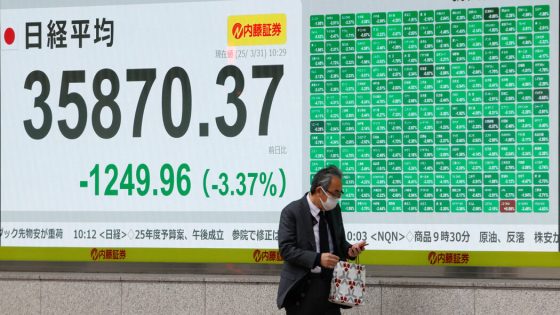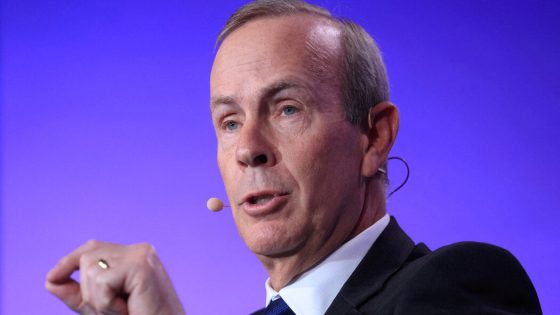Asia-Pacific markets experienced a rise on January 20, 2025, as investors anticipated clarity on U.S. policies following Donald Trump’s inauguration. The Hang Seng index in Hong Kong increased by 2.41%, reaching its highest level since December 31, while the CSI 300 in mainland China rose by 0.86% after the People’s Bank of China maintained its benchmark lending rates.
- Shanghai Pudong district at sunrise photo
- Asia-Pacific markets rose ahead of inauguration
- Hong Kong's Hang Seng index increased 2.41%
- Malaysia's exports surged 16.9% in December
- U.S. markets closed on Monday
- Trump and Xi discussed trade and Tiktok
The recent performance of Asia-Pacific markets reflects a cautious optimism among investors as they await the new U.S. administration’s policy directions. The Hang Seng index’s significant rise was driven by strong performances in consumer cyclicals and educational services. Meanwhile, the CSI 300’s modest increase followed the People’s Bank of China’s decision to keep its benchmark lending rates unchanged, with the 1-year loan prime rate at 3.1% and the 5-year LPR at 3.6%.
Key statistics from the region include:
- Hong Kong’s Hang Seng index: +2.41%
- Mainland China’s CSI 300: +0.86%
- Japan’s Nikkei 225: +1.19%
- South Korea’s Kospi: -0.18%
- Australia‘s S&P/ASX 200: +0.46%
In addition to market movements, Malaysia reported a notable increase in exports for December, which surged by 16.9% year-on-year, surpassing the expected 8.8%. Imports also rose by 11.9%, exceeding forecasts. These figures indicate a robust trade environment in Malaysia, which is set to report unemployment figures later today. Central banks across Asia are convening this week, with expectations for steady policy rates in Malaysia and potential rate hikes in Japan.
Overall, the developments in Asia-Pacific markets and Malaysia’s trade performance highlight a period of cautious optimism as investors navigate the uncertainties of global economic policies and local market conditions.
The rise in Asia-Pacific markets and Malaysia’s trade figures reflect a broader trend of economic resilience. Investors remain attentive to upcoming central bank meetings and the evolving landscape of international trade.

































